Nepal Gen Z protests 2025 erupted after a social media ban, sparking deadly clashes, KP Oli’s resignation, and the rise of interim PM Sushila Karki.
 Brajesh Mishra
Brajesh Mishra
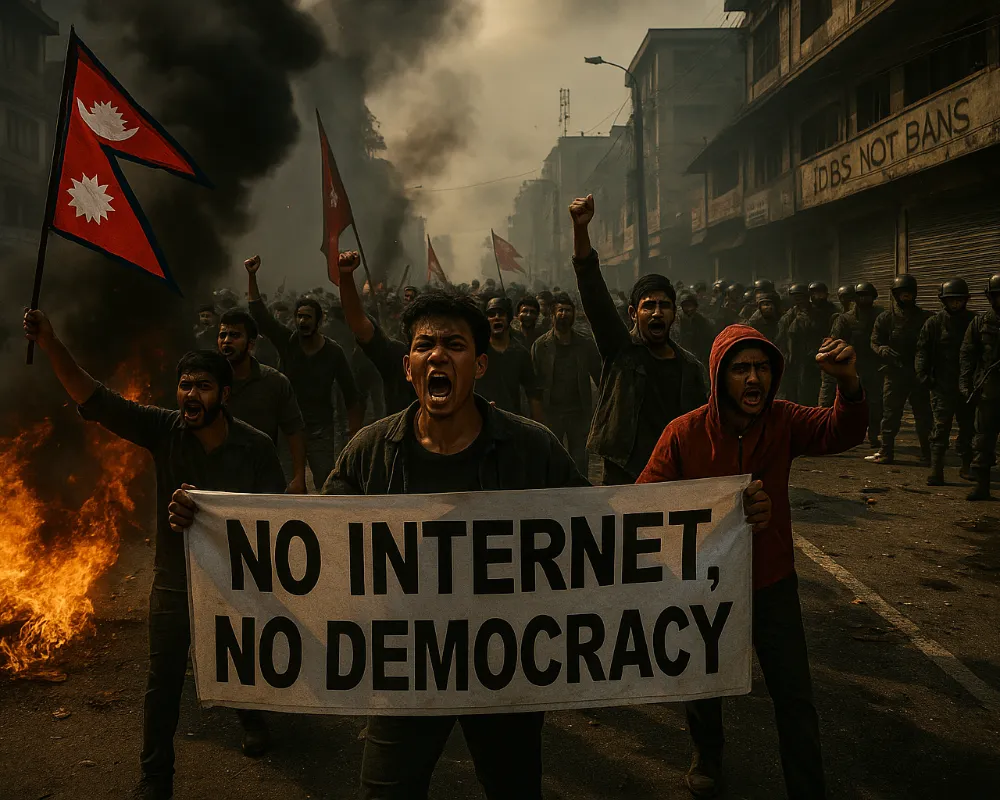
What happens when an entire generation raised on social media suddenly loses its voice overnight? In September 2025, Nepal found out — and it triggered the deadliest protests in the nation’s democratic history.
On the morning of September 10, Kathmandu looked like a city on pause. The wide Ring Road, usually packed with motorbikes and buses, was almost empty. Soldiers stood guard as army trucks rolled past, and shop shutters carried spray-painted words: “Jobs, not bans.” In the distance, groups of protesters shouted back at the silence — “No internet, no democracy!”
By September 11, official figures confirmed at least 34 deaths, 1,368 injuries, and more than 14,000 prisoners escaping custody. Curfews stretched across Kathmandu, Pokhara, and other cities as clashes grew violent and police struggled to hold the streets. The anger that began with the Nepal social media ban 2025 had quickly spiraled into the Nepal Gen Z protests 2025, the worst democratic crisis in nearly two decades.
The spark came on September 8, 2025, when the government began enforcing the Social Media Operation Directive. The law, upheld by the Supreme Court earlier that month, required global platforms to register in Nepal and appoint local compliance officers. Those that failed — including Facebook, TikTok, Instagram, and WhatsApp — were blocked overnight, triggering the Nepal social media ban 2025.
The government justified the move as a way to curb misinformation. But for millions of young Nepalis, it felt like losing their voice in a single stroke. Social media was not only a place to share opinions but also a source of income and connection.
A 19-year-old student in Pokhara put it simply: “My father works in Qatar. We talk on WhatsApp every night. The government banned that too. Do they even know how ordinary families live?”
By the afternoon of September 8, small demonstrations began across the Kathmandu Valley. By September 9, they had spread nationwide. Protest slogans moved beyond censorship and called out the deeper frustrations of a generation — corruption scandals, youth unemployment, and dynastic politics. One placard outside Ratna Park read: “First jobs, then bans — why not fix unemployment?”
What might have been a policy dispute quickly turned into a mass uprising. For Nepal’s Gen Z, the blackout was not just about apps — it was about their future.
The anger that spilled onto Nepal’s streets in 2025 did not come from a single ban. It came from years of frustration with a political class seen as corrupt, dynastic, and detached. Since the 2015 Constitution, Nepal has cycled through prime ministers at dizzying speed — almost a dozen changes in just over a decade — with power often traded among the same few families and factions. This revolving door laid the groundwork for the Nepal political crisis September 2025.
Corruption scandals deepened the distrust:
Each scandal reinforced the belief that politics had become a private business for the powerful.
And then came the “nepo kids.” The sons and daughters of senior leaders flaunted luxury cars, foreign degrees, and elite lifestyles on social media — symbols of privilege far out of reach for ordinary students struggling to find jobs. Many were parachuted into party hierarchies or Parliament despite thin résumés, appearing at rallies more like celebrities than public servants. For a generation facing double-digit unemployment, their flashy presence became proof that politics was rigged in favor of bloodlines..webp)
So when protesters torched the homes of former prime ministers and stormed party headquarters, the message was not just anti-government — it was anti-establishment. Oli, Deuba, Dahal, and others who had all sat in the prime minister’s chair became equal symbols of a broken system. The uprising targeted not one man, but an entire political order.
By September 9, it was clear this was not a routine protest. The scale and speed surprised even veteran observers of Nepal’s politics. At the heart of it was a new force — Generation Z.
Unlike past movements, this one was led by young people who had grown up entirely in the digital era. When the government cut off social media, they quickly adapted. VPN signups spiked, Discord servers and encrypted apps kept information flowing, and students used offline networks and hand-to-hand messages where needed. Protest routes were shared in coded language to avoid detection, and groups in hostels and tea shops swapped tactics and meeting points.
On the surface, the movement often looked — and in many ways was — leaderless: there was no single party, politician, or formal command structure running the demonstrations. But that didn’t mean it was chaotic. Civic groups such as Hami Nepal and a handful of emergent organisers helped coordinate rallies and logistics, while online communities provided real-time mobilisation. In short, the protests were leaderless in structure but organised in practice, a mix that made them both flexible and hard to suppress.
The slogans reflected broader ambition. Beyond calls for “No internet, no democracy!”, banners linked digital rights to systemic reform: “End corruption,” “Stop nepotism,” “Give us jobs.” A group of college students in Lalitpur summed it up: “This isn’t just about TikTok or Facebook. This is about the way we’ve been ruled since 2015 — old leaders fighting among themselves, while we get nothing.”
By September 10, Nepal’s political class realised they were facing something bigger than street unrest: this was Gen Z emerging as a decisive political force in Nepal’s 2025 protests.
As protests escalated after September 9, rage turned against the most visible symbols of Nepal’s political order. Years of frustration with corruption, dynastic politics, and nepo kids flashing wealth had primed the anger. When the spark came, it ignited across all party lines.
In Kathmandu, the headquarters of the Nepali Congress was set ablaze. The private residence of Prime Minister KP Sharma Oli was vandalized, as were the homes of leaders from the UML, Congress, and Maoist Centre. Party offices in provincial towns were stormed, leaving behind broken windows and charred furniture. Spray-painted slogans like “No Nepotism, No Corruption” covered shuttered walls, echoing the broader Nepal corruption protests 2025.
The fury did not stop at party compounds. Protesters stormed the Federal Parliament building inside the International Convention Centre, setting parts of it on fire. Sections of the Supreme Court complex and Singha Durbar, which houses key ministries and the prime minister’s office, were also damaged. Even media offices and luxury hotels linked to political elites were attacked..webp)
For many demonstrators, burning these buildings was not senseless destruction but a statement — a rejection of institutions seen as corrupt and complicit. The government quickly blamed “violent agitators” for orchestrating arson, while ministers hinted at infiltrators planted to discredit the movement. Protest groups denied this, arguing that such anger was inevitable after decades of broken promises.
Still, not all actions on the streets were destructive. In Kathmandu and Pokhara, groups of young people returned the next morning to sweep debris, clear roadblocks, and repaint slogans. “We protest, not destroy,” one banner read. These efforts revealed the dual nature of the Nepal Gen Z protests 2025: a leaderless but organized youth revolt determined to be taken seriously, yet vulnerable to moments of chaos when anger boiled over.
When protests spread faster than the police could handle, the government called in the Nepal Army. Soldiers rolled into Kathmandu, Pokhara, and other major cities as curfews and prohibitory orders were declared.
By September 11, security forces had re-arrested over 300 escaped prisoners, seized dozens of weapons, and detained people accused of looting and arson. Army patrols gave the government a sense of control, but for many citizens the sight of armored trucks in the capital was unsettling.
Then came the casualties. By the same date, 34 people had been killed and more than 1,300 injured. Hospitals reported bullet wounds to the head and chest, and eyewitnesses described students being shot, including one who was struck in the head during clashes in Kathmandu. Whether soldiers or police fired the shots remained disputed, but the scale of deaths suggested that something had gone badly wrong in the use of force during the Nepal protests 2025..webp)
The army’s role in Nepal has always been sensitive. During the 2006 People’s Movement, it avoided direct clashes with protesters, which helped the transition to democracy. This time, however, it was on the streets enforcing order. The double image was unmistakable: feared for its firepower, yet also portrayed by officials as the last barrier against total collapse.
Nepal’s turmoil was not just about streets and slogans. Every crisis in South Asia now plays out under a larger shadow: the global contest for influence.
History offers conclusive evidence that when states falter — through debt crises, uprisings, or leadership voids — powerful nations often move to shape outcomes. Sometimes it comes through loans and aid, sometimes through diplomatic pressure, and sometimes through less visible means. Sri Lanka’s debt spiral and Bangladesh’s sudden realignment showed how domestic breakdown can quickly become a chapter in a wider superpower race.
The Nepal protests 2025 fit uneasily into that pattern. No credible proof has yet emerged of outside orchestration. What is clear is that the internal conditions were ripe: corruption scandals, youth unemployment, and the social media blackout created a pressure-cooker moment that demanded reform. The movement delivered just that — a sitting prime minister forced to resign and a nation forced to reckon with its broken institutions.
Although the foreign angle remains unconfirmed, Nepal’s location makes it a tempting stage for external leverage. Already, major projects and aid packages from different directions have put Kathmandu in the crosshairs of competing strategies. The question is whether this uprising will be remembered as Nepal’s own generational revolt, or as one more move in the larger India-China geopolitical contest. For now, only time will tell.
The political aftershocks came fast. Under mounting pressure, Prime Minister KP Sharma Oli tendered his resignation. On September 12, former Chief Justice Sushila Karki was sworn in as Nepal’s interim prime minister — the first woman to hold the role — tasked with steering the country through its most volatile transition in nearly two decades.
Her appointment reflected a rare consensus. Protest leaders had floated Karki’s name as a figure untainted by party patronage, while civil society groups pushed for someone outside the political establishment. For a generation tired of the same faces at the top, Karki’s reputation for judicial independence made her a symbolic break from the past.
But symbolism will not solve the crisis. Under Article 76 of the Constitution, Nepal now faces three possible paths:
None of these options are straightforward. Major parties — Congress, UML, Maoist Centre — remain deeply divided, while newer forces like the Rastriya Swatantra Party (RSP) are demanding early elections to reset the political class. At the same time, protesters insist that without deeper reforms — transparency, accountability, and a generational shift in leadership — any arrangement risks repeating old failures.
For now, Sushila Karki has one fragile advantage: public trust. But that trust is conditional. The same Gen Z movement that toppled KP Oli has made clear it will not hesitate to return to the streets if promises of reform are betrayed..webp)
The Nepal Gen Z protests 2025 were a reminder that in a democracy, the people remain the ultimate authority. What began as a fight against the Nepal social media ban 2025 grew into a movement that exposed deeper anger at corruption, dynastic politics, and neglect of opportunity.
For Nepal, the message is clear: democratic institutions survive only when they remain accountable to those they serve. For the wider democratic world, the lesson is just as urgent — today’s youth are not passive observers. They are connected, organized, and capable of reshaping politics when pushed to the edge.
Nepal’s Gen Z proved that democracy is strongest not when leaders tighten control, but when citizens — especially the young — are heard and respected. In 2025, they showed that no government can afford to forget who truly holds the power in a democracy: the people.
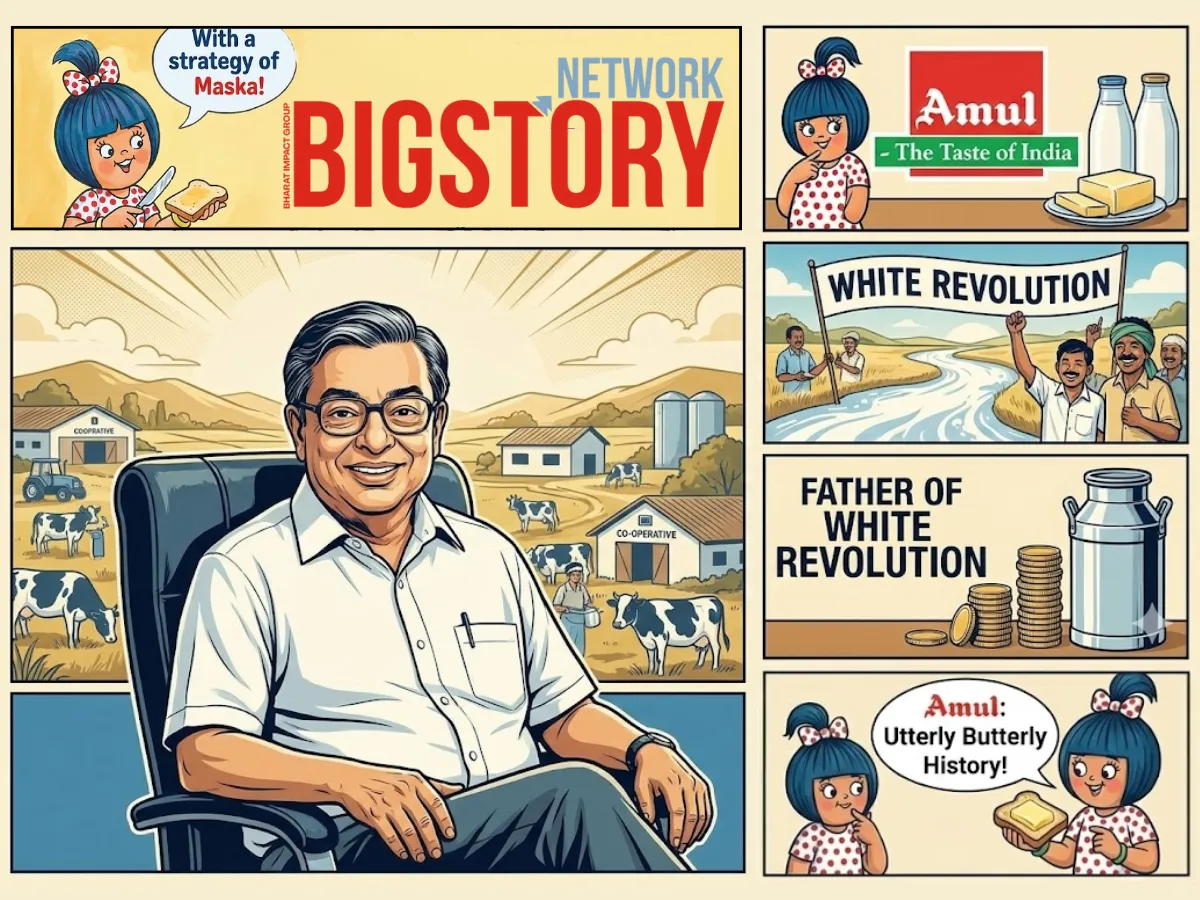
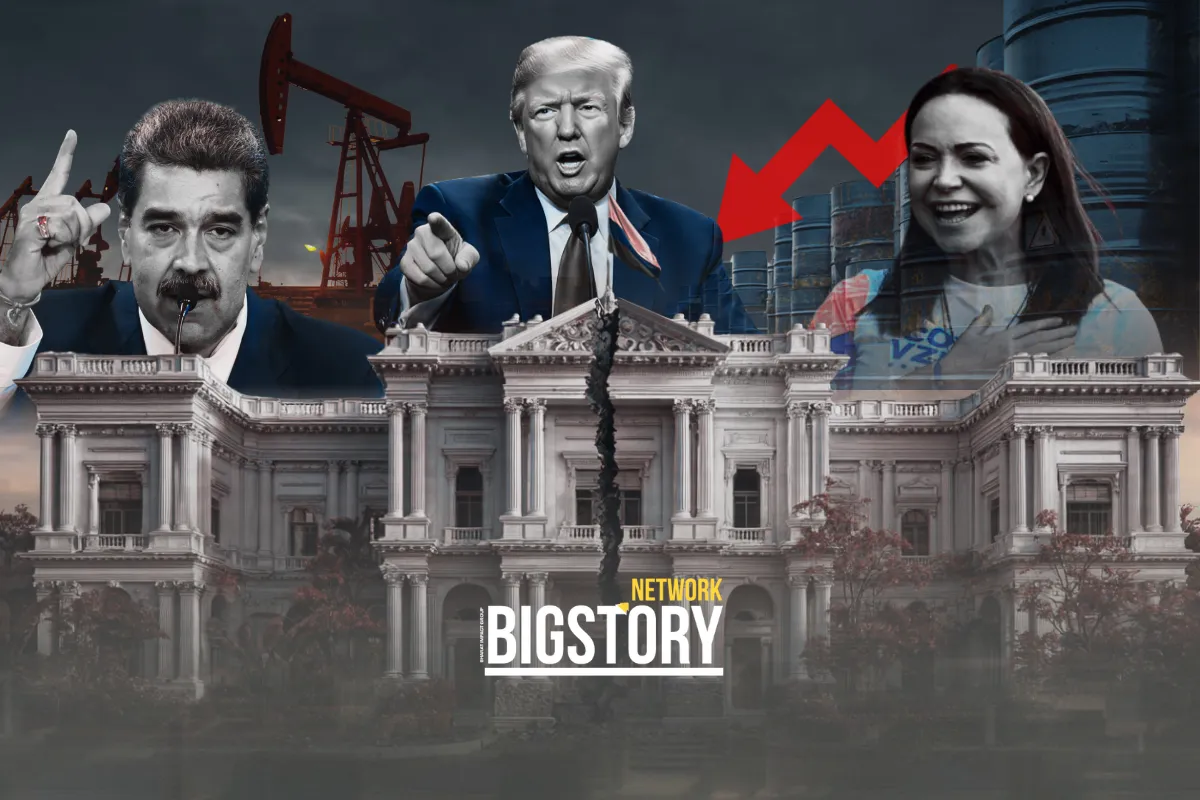
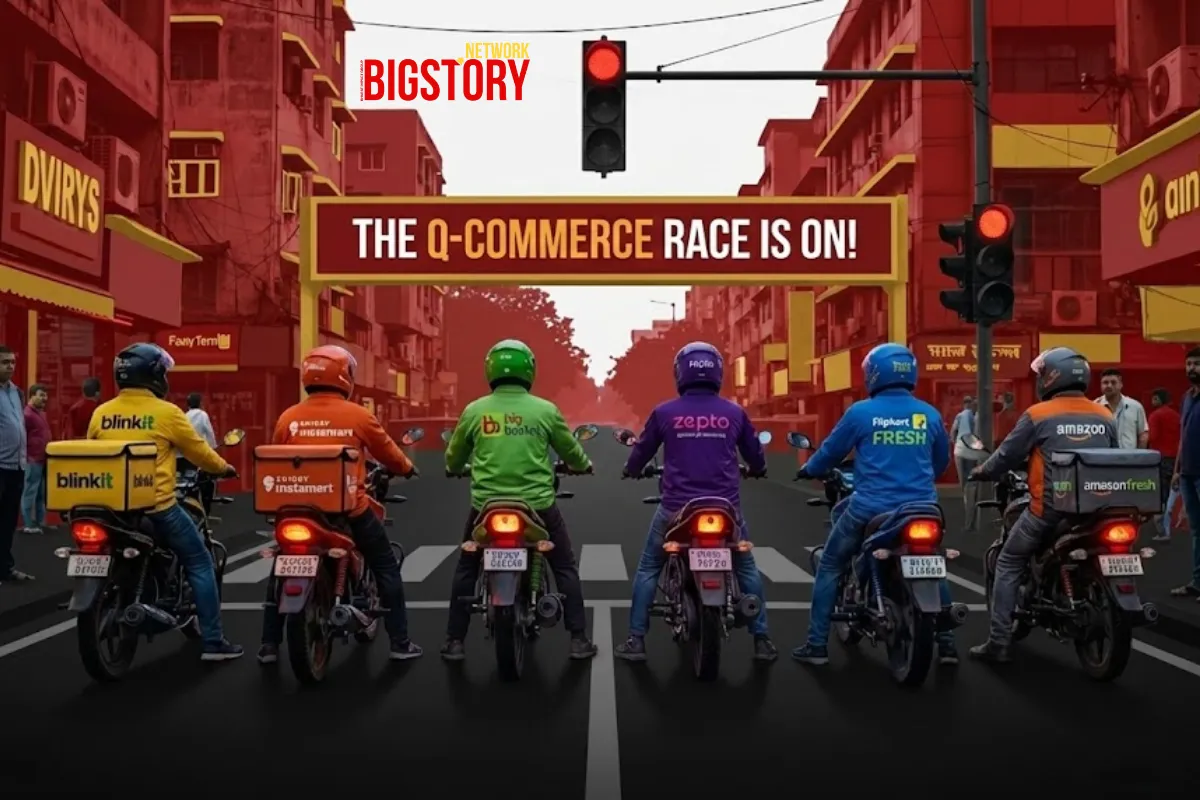
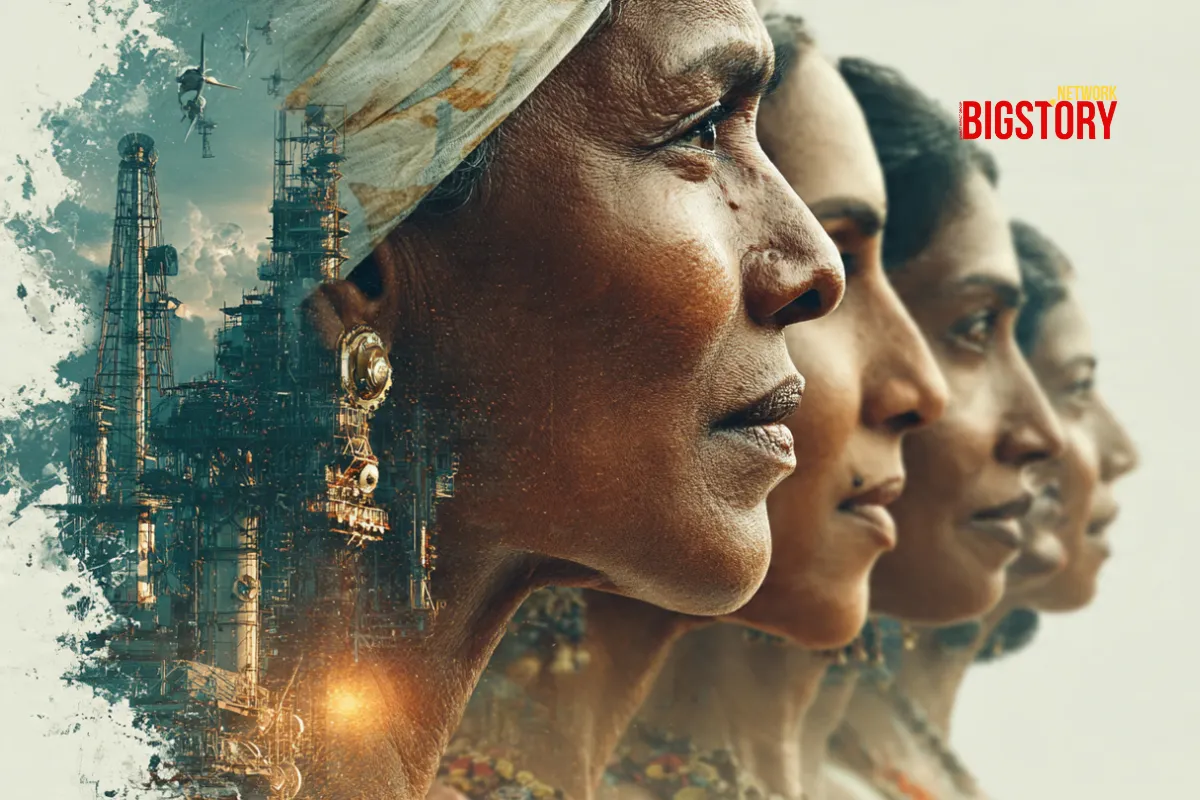
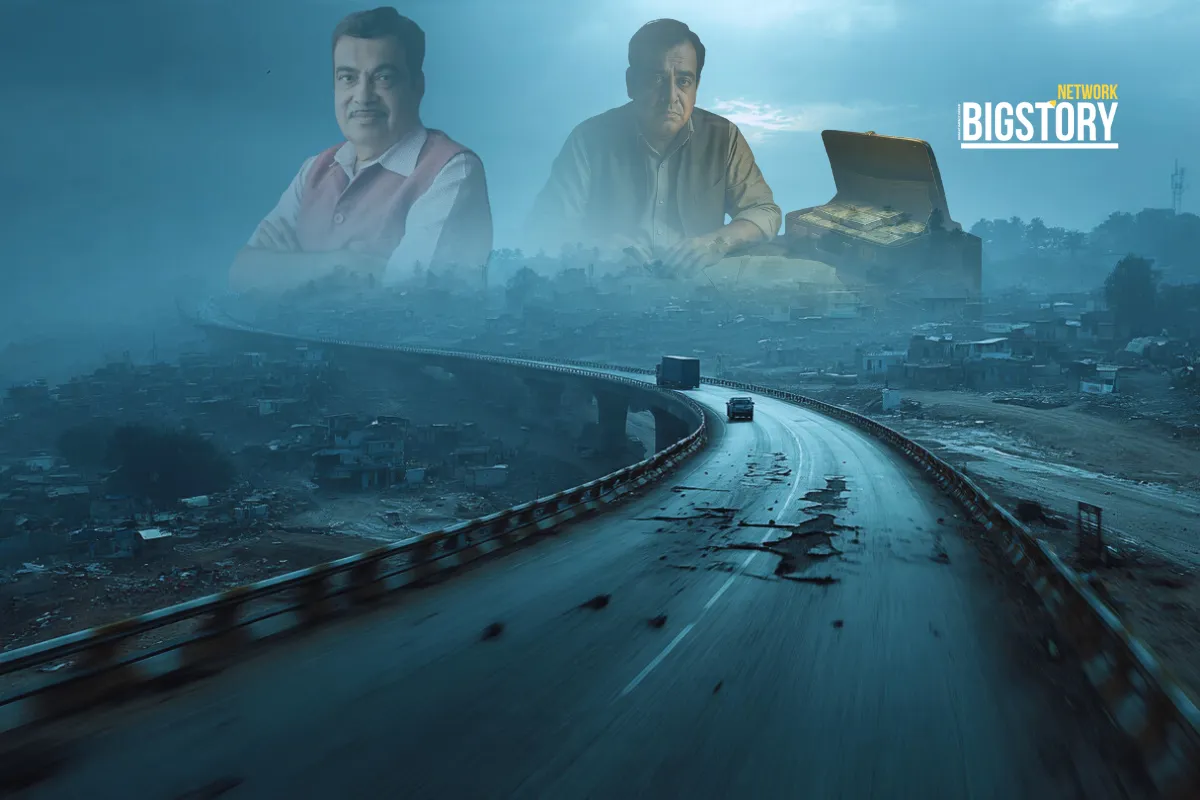
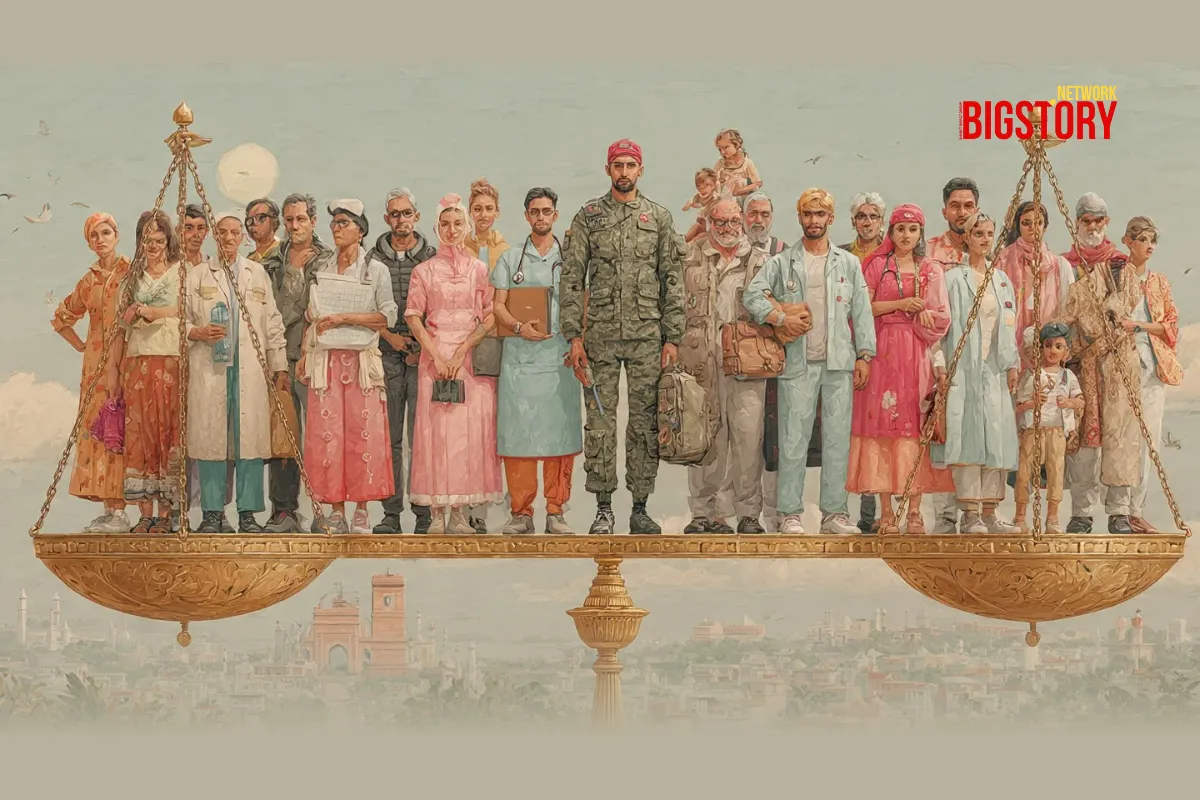
Sign up for the Daily newsletter to get your biggest stories, handpicked for you each day.
 Trending Now! in last 24hrs
Trending Now! in last 24hrs